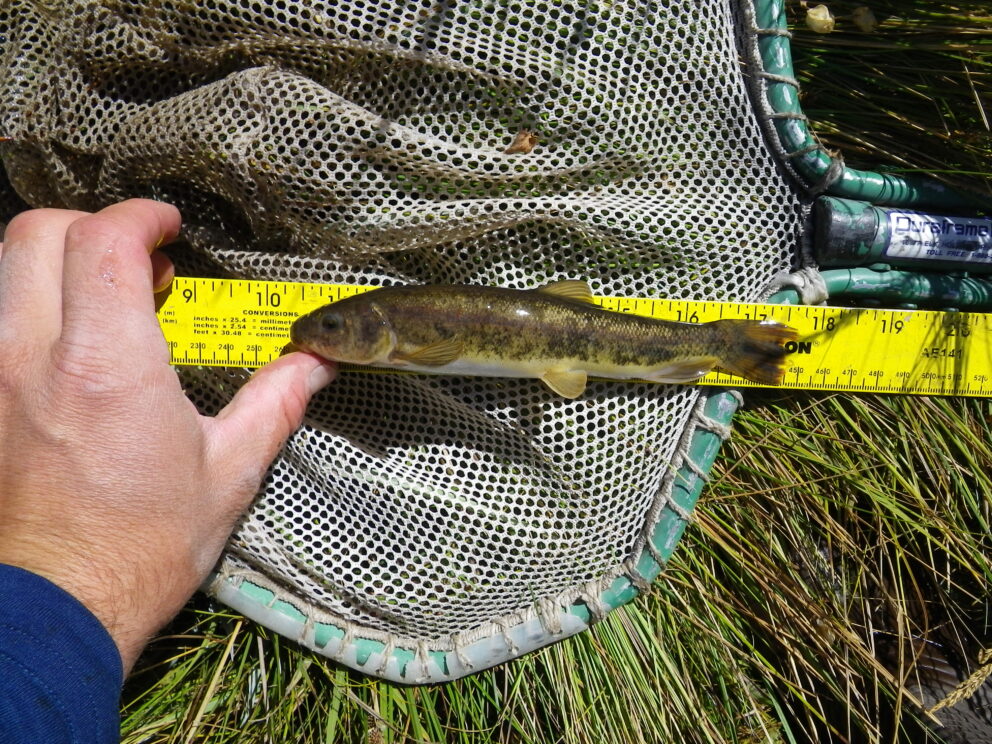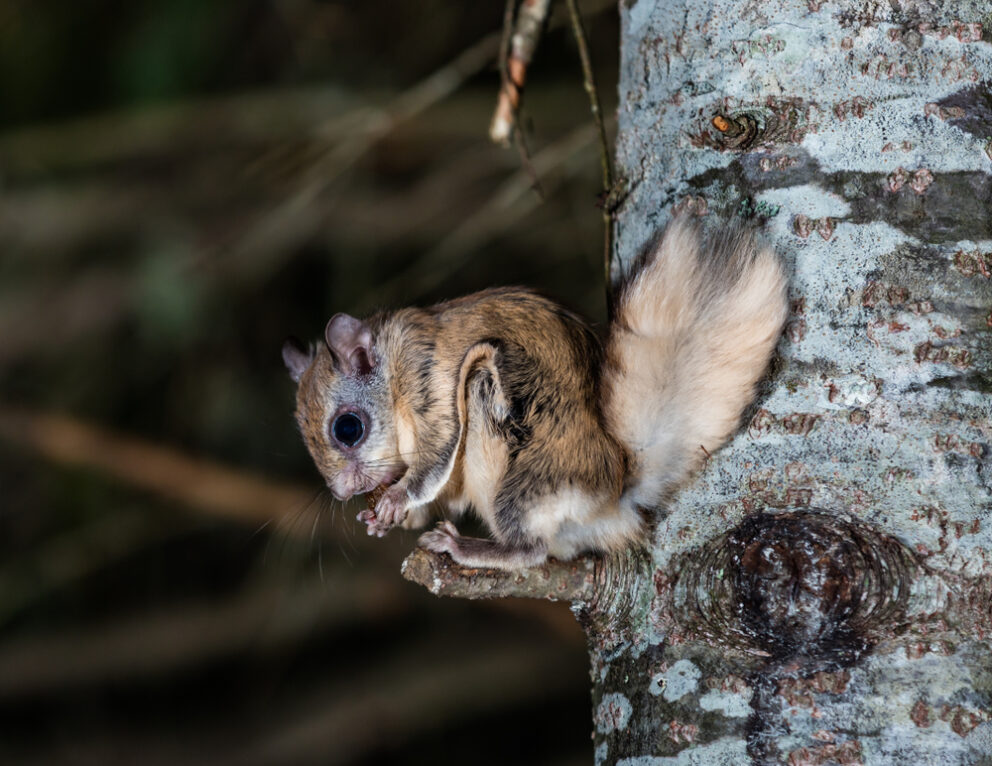- SCIENTIFIC NAME
- Actinemys marmorata
- CLASSIFICATION
- Reptile
- LIFE SPAN
- 40-70 Years
- SIZE
- 4-8” | 1.5-2lbs
- STATE CONSERVATION STATUS
-
- Priority Species
- Unprotected
- FEDERAL CONSERVATION STATUS
- Vulnerable
- GAME STATUS
- Non-Game
- Washoe
- Humboldt
- Pershing
- Churchill
- Mineral
- Lyon
- Douglas
- Carson City
- Storey
- Elko
- Lander
- Eureka
- White Pine
- Esmeralda
- Nye
- Lincoln
- Clark
Habitat & Range
The Western Pond Turtle is found in permanent and temporary waters of rivers, creeks, small lakes and ponds, marshes, irrigation ditches, and reservoirs. In Nevada they are confined to the Truckee and Carson Rivers.
- Developed Landscapes
- Lakes and reservoirs
- Rivers and streams
Threats
- Disease
- Habitat Degradation
- Habitat Loss
- Invasive Species
Natural History
This turtle often uses basking sites, such as logs and rocks, and commonly basks on land. When disturbed, the Western Pond turtle seeks cover underwater. It nests on sandy banks near water, in fields, or sunny spots up to a few hundred meters from water.
The Western Pond Turtle species is a scavenger and opportunistic predator with a preference for live prey. Their diet often includes adult and larval insects, worms, crustaceans, carrion, and algae. They are most active when water temperatures are above 60*F. By switching to absorbing oxygen through their skin, pond turtles can hibernate underwater, often in the muddy bottom of a pool.
Their hard shells protect these turtles from potential predators as an adult, however young Western Pond Turtles have more flexible shells. Predators of these turtles include raccoons, coyotes, bears, river otters, bullfrogs, snakes, and sometimes fish.
Fun Facts














